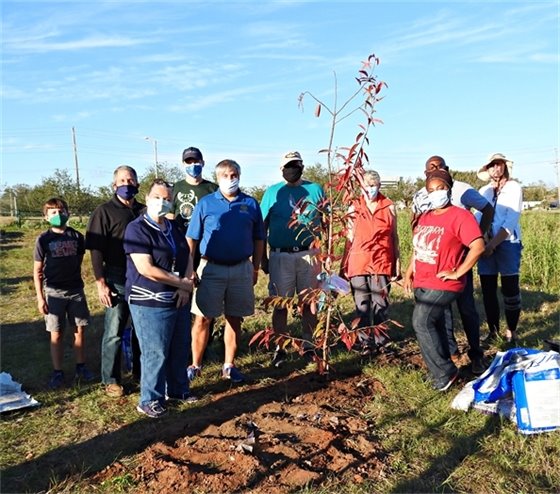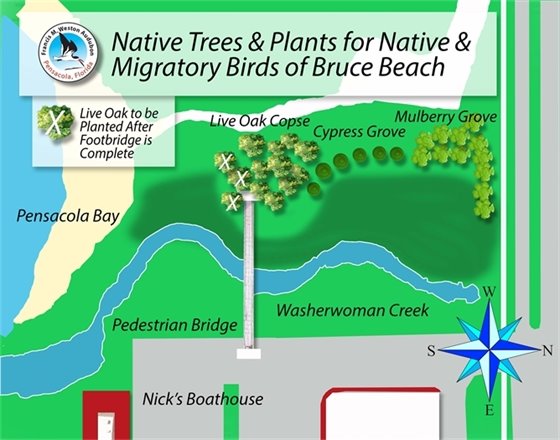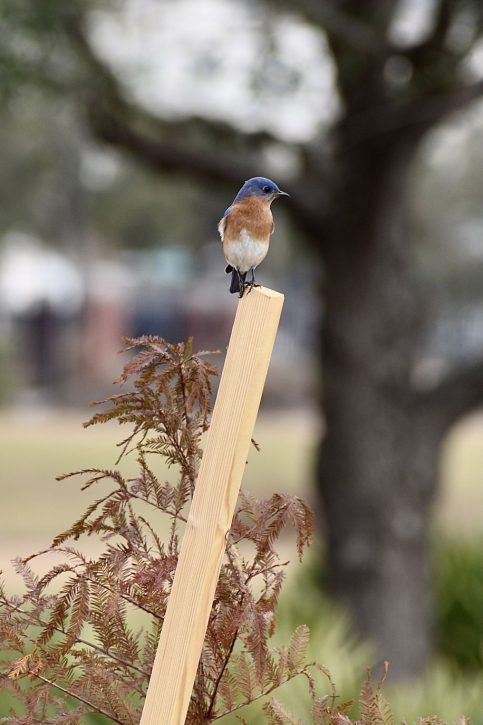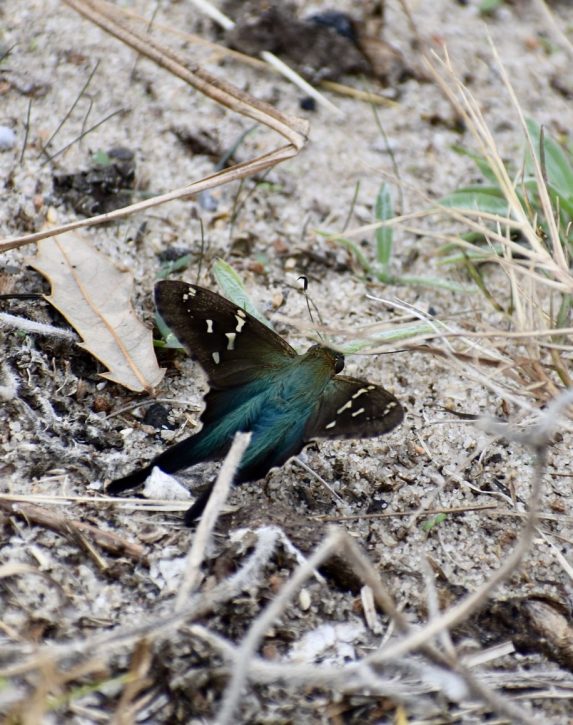By Gina Castro| Photos by Joelle O’Daniel-Lopez & FMWAS
In the first decade of the 20th century, Bruce Beach played a major role in Pensacola’s maritime industry. In fact, it’s believed that this waterfront was created in the early 1900s as a result of dredging, the process of removing sediments from the bottom of waterways to make way for boats and ships. In 1917, the Bruce Drydock Company dredged thousands of cubic feet of sand creating several acres of Bruce Beach.
The environmental degradation from the maritime industry came to light more than a decade after the shipyard closed. In the 1950s, Bruce Beach was among the only recreational areas open to black residents under segregation, so the waterfront became a beloved gathering place for the black community. Because residents were unaware of the toxins, sunken debris and the steep dropoff feet from the shoreline, several young black children drowned at Bruce Beach. Black citizens filed a $1 million lawsuit against the City of Pensacola for its negligence— resulting in the waterfront being left dormant for nearly 50 years. In October 2018, the City cleared the overgrowth, picked up trash and created a road to the waterfront. From there, they installed lights in the dirt parking lot, created a handicap parking spot, installed a fence around the property, put in benches and built an overlook. The City also added signage detailing the history of the site.

Now, Bruce Beach has been given the opportunity to be reborn once more as a bird habitat.
The Francis M. Weston Audubon Society (FMWAS) is spearheading the Native Trees and Plants for Native and Migratory Birds at Bruce Beach project, which is a partnership between FMWAS, the University of West Florida, the City of Pensacola government and City Council.
Since one of the greatest threats facing birds today is loss of habitat, FMWAS reached out to the City to come up with a plan for Bruce Beach to be a habitat for native and migratory birds. In coordination with the City, SCAPE and Community Redevelopment Agency (CRA), FMWAS planted three groves of native trees and their associated tiered-understory of smaller native trees, shrubs, bushes and ground covers on the upper bank slope of the Washerwoman Creek Basin at Bruce Beach.
President of FMWAS, Michael Brower explained that planting these native plants is crucial for forming a habitat for these birds because it’s an indicator to the birds that food is here.
“When migrant birds come from the Yucatan Peninsula, where they spend their winters, Pensacola is one of the first places that they see. Because migrant birds follow north flowing waters, they are brought into the bay and navigate by using coastlines,” Brower continued. “They’ve never had a reason to set down at Bruce Beach because they don’t see the indicators of food. When they see the indicators of food, they’ll sit down, and some of them will nest here. Some of them will press north. But right across the bay, we see 90 different species in migration at Fort Pickens. There’s no reason it shouldn’t be this way here as well.”
One of the many reasons the CRA is funding the Bruce Beach Redevelopment project is that it’s one of the Gulf Coast’s last undeveloped Gulf Coastal lowlands, which makes it an ideal habitat for local and migratory birds. With this established food web, FMWAS estimates that Bruce Beach can become a habitat for 80 different species of birds.
The Longleaf Pine Chapter of the Florida Native Plant Society, Escambia County Master Gardeners and experts from UWF and University of Florida selected the native trees and plants for native and migratory birds at Bruce Beach with the objective to replicate the ecosystem that existed here before colonization.
A grove of Live Oak and Sand Oak copse were planted near the coast of Bruce Beach and were augmented by Chickasaw Plums, wax myrtles, more than 50 native shrubs, perennials and self-seeding annuals including, rusty lyonia, inkberry, summer sweet, possum haw, saw palmetto, yaupon holly and winged sumac. The rest of the Live Oaks will be planted once the footbridge, which will run across Washerwoman Creek, is built.

The Bald Cypress grove was planted in the middle along the bank of the creek, and Dahoon Holly, Sweet Bay Magnolia, wax myrtle trees, swamp lilies, scarlet hibiscus, swamp milkweeds were planted around the grove.
The third grove of Native Red Mulberry and Persimmon were planted on the edge farthest from the coastline. Its understory consists of oak hydrangea shrubs, American Beautyberry shrubs and sweet shrubs, and a meadow of native milkweed will be planted in the spring.
Brower explained that these groves can not only protect the coastline but also help heal the past years of pollution.
“These native Keystone trees are long survivors. We’re planting them in groves because we want their roots to intertwine, which gives them more wind resistance,” Brower said. “They also clean the air. They’re very pollution resistant, hydrocarbon resistant, and they do the CO2 capture. They’re also phytoremediate, so they will take up the nutrients in the soil, bind them up and keep them from being oxidized into the air.”

Although these groves were only planted at the end of November, wildlife is already being drawn to the area. An Eastern Bluebird was spotted resting on a stake of a recently planted Bald Cypress tree. This bird is a natural pest manager as it eats insects.
One of the benefits of planting Keystone trees is that it creates a sustainable environment for more than just birds.
“Doug Khatami’s research has proven that Keystone trees produce 75 percent of the food web for birds and insects,” Brower said. “So with these specific native trees, we’re upping the opportunity for attracting more and more native birds and the insects that they eat.”
While tending to the plants, volunteers saw a long-tailed skipper perched on the mulch surrounding one of the new plants.

Skippers lay eggs under the leaves so that the caterpillars can feed on the leaves. Common Buckeye butterflies were also seen on Spanish Needles, a native plant that is an important plant for pollinators in Florida.
Revitalizing Bruce Beach has only just begun. Eventually, the Community Maritime Park will connect to Bruce Beach, and Bruce Beach will become an educational nature park with a focus on environmental sustainability.
“We think it’s going to be very vital to the community. It’s an important part of the link of who Pensacola was before it was developed,” Pensacola Mayor Grover Robinson said. “Its natural history goes back thousands of years, so we’re very happy to be a part of that. We’re happy to commit to being involved with native species that will help native birds flourish.”